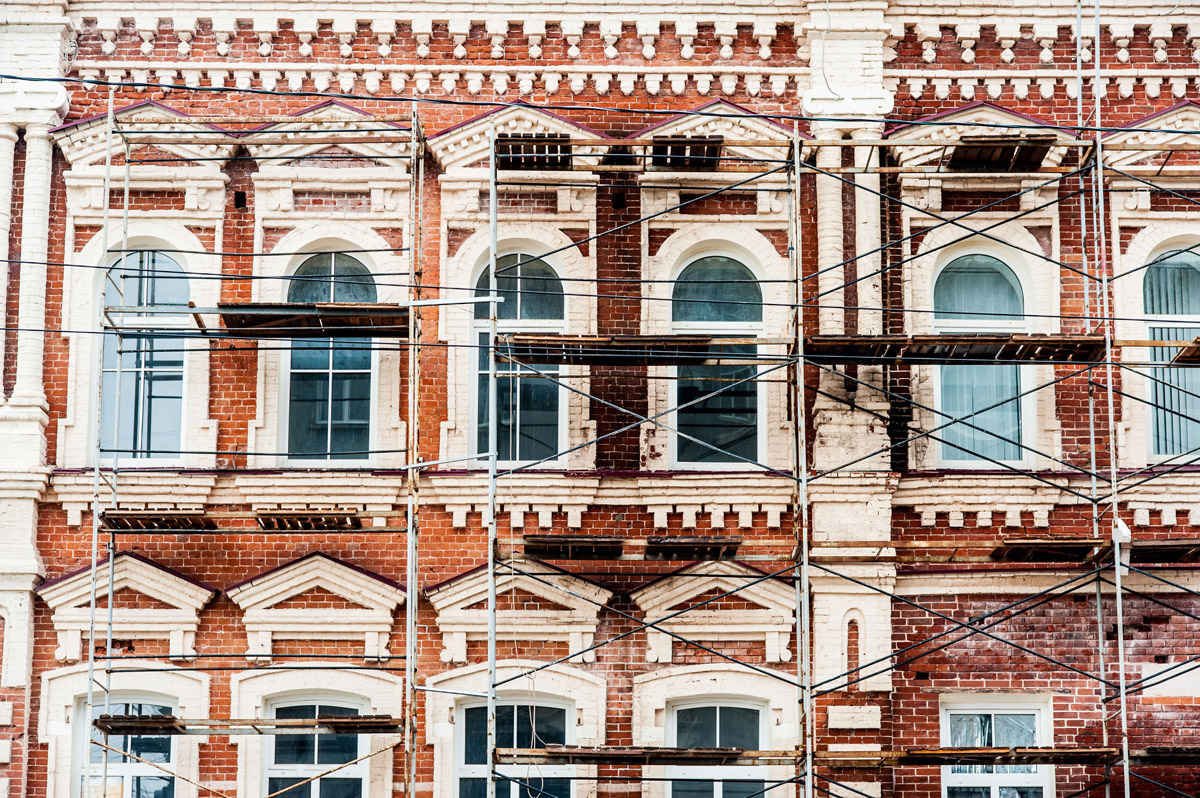18 May 2017 by Adrian Joyce, Renovate Europe Campaign Director

A renaissance in building renovations is urgently needed by our industry, our energy poor and the planet but how we reach it can feel like a riddle wrapped in an enigma. Governments, banks and homeowners all have a role to play in solving it, but too often they – inadvertently – add to the mystery.
Banks say that demand is just not there. Tenants ask why they should fund someone else’s home improvement, while landlords demand subsidies for remedial work. Government shuffle obligations onto the backburner. Meanwhile, the fuel poor wonder how they will ever afford the upfront cost of a renovation, when they’re behind on their other bills?
In practice, the brunt of renovation efforts is usually born by local and national housing departments, and by homeowners who are most likely to act when refurbishment is cheaper and at ‘trigger points’ when refurbishment is less disruptive. Such times include the buying, selling or renting of properties, or when building of extensions.
For housing authorities, the single biggest funding source is the EU, which has made €18bn of structural funds available for energy efficiency improvements until 2020. A recent report by the EU’s joint research center urged the introduction of an EU-wide renovation plan to transform a sectoral market failure, as it sees it, into one key pillar of “the renaissance of EU industry”.
The commission already has a smart finance for smart buildings programme that it says can unlock €10bn of public and private funds by 2020. But an estimated €4.25 trillion is needed above business as usual investments, if the EU is to decarbonize its building stock by 2050. Existing pledges will not take us far above the current 1% rate of renovations a year.
‘On-bill financing’ or state-backed loans that pay renovation costs against future energy bill savings are one innovative idea backed by the JRC. This has been used to great effect by Energiesprong in the Netherlands, and it’s being emulated in France by Transition Zero. The Dutch government has also offered a tax break to support green investment and put up €400m to subsidise renovations in the rented sector.
In the Czech Republic too, a Green Savings scheme has invested around a billion euros of carbon allowances to reduce buildings emissions, benefitting 5-7,000 people a year. Under Estonia’s Kredex Fund, in just four years, nearly 100,000 people scooped up €96m of state-backed loan guarantees and grants cutting up to 85% of their reconstruction costs. Europe’s pace setter though remains Germany’s KfW bank, which has an annual spend of €1.8bn. Investment grants for KfW’s ‘efficiency houses’ can cover as much as €18,750 of costs.
Private sector banks are also expanding their green mortgage portfolios, with one eye on the boost that renovations give to property prices and another on the buy-to-renovate boom in the US housing market. The European Mortgage Federation is increasing the profile of green mortgages, and so are its members.
Triodos in the Netherlands winds down its interest rate on loans by 0.1% for every grade increase in a property’s energy performance. Rabobank, also in the Netherlands, offers a 0.5% reduction in interest rates over a 10-year period for NZEB houses. ING Belgium offers renovation loans of up to €50,000 this year, with a 1.95% interest rate for up to a decade. KBC Brussels is moving in a similar direction.
It’s an impressive start, but a lack of customer awareness mixed with austerity-hit demand is still obstructing the green mortgage expansion and here, governments can make a real difference.
This year’s crop of national renovation plans could pull up the worst-performers in Europe’s housing stock by introducing renovation requirements at key trigger points in a building’s life. Equally, targeted public spending and the increased use of cohesion and structural funds could reduce risk perceptions and lower the cost of upfront investments. Awareness campaigns could stimulate market demand, especially when combined with innovative financing models.
Rome was not built in a day and Europe’s housing stock will not be renovated overnight either. But better financing can at least put solid foundations in place for the overhaul we need to move our housing stock into the 21st Century.
END
Download the Renovate Europe Briefing 2/2017 on Energy Renovation – Making Financing Accessible to the People
Read the letter that was sent to the 28 Ministers ahead of the Informal Energy Ministerial on 18-19 May
